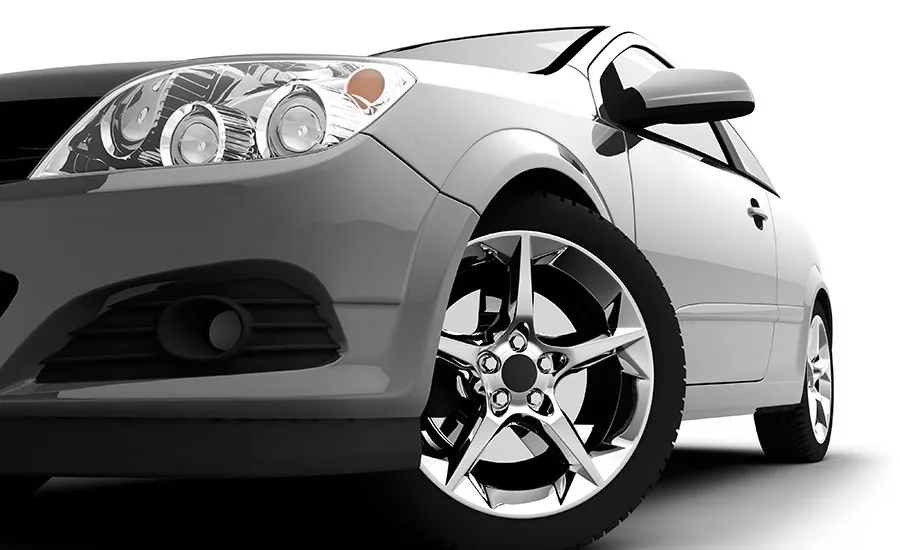U.S. DOT and EPA Issue Final Rule on Fuel Economy Standards
The final rule will increase stringency of CAFE and carbon dioxide emissions standards by 1.5% each year through model year 2026.

The U.S. Department of Transportation’s National Highway Traffic Safety Administration (NHTSA) and the U.S. Environmental Protection Agency (EPA) recently released the final Safer Affordable Fuel-Efficient (SAFE) Vehicles Rule, setting corporate average fuel economy (CAFE) and CO2 emissions standards for model years 2021-2026 for passenger cars and light trucks. The final rule will increase stringency of CAFE and CO2 emissions standards by 1.5% each year through model year 2026. This is compared with the standards issued in 2012, which would have required about 5% annual increases. This is a change from the proposal issued in 2018.
NHTSA is required by Federal law to set fuel economy standards at the maximum feasible level for both passenger cars and light trucks for every model year. If NHTSA determines that standards previously set are no longer maximum feasible, NHTSA can amend them. In determining what levels of CAFE standards would be maximum feasible, the law directs NHTSA to consider four factors: technological feasibility, economic practicability, the effect of other motor vehicle standards of the government on fuel economy, and the nation’s need to conserve energy.
On April 2, 2018, the EPA issued the Mid-Term Evaluation Final Determination that found that the model year 2022-2025 CO2 emissions standards are not appropriate and should be revised. For nearly two years, the agencies reportedly worked together to analyze current automotive and fuel technologies, reviewed economic conditions and projections, and consulted with other federal agency partners. The agencies also evaluated more than 750,000 public comments and held three public meetings.
The SAFE Vehicles Rule reportedly reflects the realities of today’s markets, including substantially lower oil prices than in the original 2012 projection, significant increases in U.S. oil production, and growing consumer demand for larger vehicles. The SAFE Vehicles Rule reduces regulatory costs by as much as $100 billion through model year 2029. According to NHTSA/EPA projections, it will also boost new vehicle sales through model year 2029 by up to 2.7 million vehicles.
Under the SAFE Rule, the projected overall industry average required fuel economy in model years 2021-2026 is 40.4 mpg, compared to 46.7 mpg projected requirement in model year 2025 under the 2012 standards. The new rule also reduces the number of credits that are not associated with improved fuel economy. The agencies project that under these final standards, required technology costs would be reduced by $86 to $126 billion over the lifetimes of vehicles through model year 2029.
Additional details are available at www.epa.gov.
Looking for a reprint of this article?
From high-res PDFs to custom plaques, order your copy today!



